Jiuzhaigou Valley Scenic and Historic Interest Area
Jiuzhaigou: World Natural Heritage, National Key Scenic Spots, National AAAAA Class Tourist Scenic Spots, National Nature Reserves, National Geoparks, World Biosphere Reserve Network, is the first nature reserve in China with the main purpose of protecting natural scenery.
Jiuzhaigou is located in Jiuzhaigou County, Aba Tibetan and Qiang Autonomous Prefecture, Sichuan Province. It is situated in the transition zone from Qinghai-Tibet Plateau, West Sichuan Plateau and mountainous area to Sichuan Basin. It is more than 300 kilometers from Chengdu in the south. It is a valley with a depth of more than 50 kilometers, with a total area of 64,297 hectares and a forest coverage of over 80%. Nine Tibetan villages, such as Shuzheng Village, Lotus Leaf Village and Zechawa Village, are located in this alpine lake group.
Jiuzhaigou National Nature Reserve mainly protects rare animals such as giant pandas, golden monkeys and their natural ecological environment. There are 74 kinds of rare plants under state protection, 18 kinds of animals under state protection, and abundant fossils of Paleontology and glacial landforms.
"The return of the Jiuzhai does not look at the water" is a true interpretation of the scenery of Jiuzhaigou. Springs, waterfalls, rivers and beaches, 108 Haizi, constitute a colorful pool of jade. Changhai, Jian Yan, norgran, Shu Zheng, Zai Ru and Black Sea are the six major landscapes distributed in the form of "Y". Cui Hai, cascading waterfall, Choi Lam, snow peak, Tibet, and blue ice are called "six absolutely". The magic Jiuzhai is known as the "fairy tale world" by the world. It is known as "the king of waterscape".
Affected by the earthquake, Jiuzhaigou scenic spot stopped receiving tourists in August 9, 2017.
Since March 8, 2018, some scenic spots in Jiuzhaigou scenic area will be resumed. Jiuzhaigou Scenic Area is the open area along the gully to Changhai section of the landscape, the implementation of special bus guidance, team tours.
For thousands of years, Jiuzhaigou has been hidden in the mountains of Northwest Sichuan plateau, and human activities are negligible. Tibetan people in this area are almost isolated from the world and live in self-sufficient farming and pastoral life. Because of its high mountains and high roads, Jiuzhaigou has never been known.
In 1975, a working group of the State Ministry of Agriculture, Forestry and Fisheries carried out a comprehensive survey of Jiuzhaigou, and concluded that Jiuzhaigou not only contains rich and precious animal and plant resources, but also is a rare scenic spot in the world. In the same year, Professor Wu Zhonglun, a famous forest scientist, conducted a more comprehensive survey of Jiuzhaigou. "I have been to several countries in Europe and America, and I have never seen such beautiful natural scenery, so it must be well protected," he immediately informed the provincial Forestry Department and wrote to the Sichuan Provincial Government. Provincial Forestry Department immediately Wen Nanping County Forestry Bureau: "Jiuzhaigou Chawa, Rizegou 200 meters away can be cut down." This is the earliest measure for the forestry department to protect Jiuzhaigou.
In 1977, the Sichuan Rare Animal Resources Survey Team wrote the "Sichuan Rare Animal Resources Survey Report" and proposed to expand the Baihe Nature Reserve in Nanping County to Jiuzhaigou area.
In August 1978, the Chengdu Institute of Biology of the Chinese Academy of Sciences put forward the necessity of establishing a nature reserve in Jiuzhaigou, which attracted the attention of Sichuan Provincial Committee. In November 30th, the authorities ordered that timber be cut in Jiuzhaigou. On December 15, 1978, the State Council approved the State Forestry Administration's "Report on Strengthening the Protection and Domestication of Pandas" and the establishment of the Jiuzhaigou Nature Reserve Management Institute in Nanping County in document No. 256 issued by the State Council (1978). Jiuzhaigou was designated as a natural scenery reserve with an area of 620 square kilometers, as stipulated in document No. 34 issued by the State Council in 1978.
In 1979, two forest farms stationed in Jiuzhaigou moved out. In the same year, the Jiuzhaigou Nature Reserve Management Institute of Nanping County, Sichuan Province, was established in accordance with the spirit of the Sichuan Revolutionary Committee's "Notice on Strengthening the Construction of Nature Reserves" (Chuan Gefa 36).
In 1982, State Development (1982) No. 136 approved the approval of the first batch of national key scenic spots, such as urban and rural construction environment departments, notice of the invitation, Nanping Jiuzhaigou as a scenic spot.
In 1983, "Jiuzhaigou Nature Reserve Management Institute of Nanping County, Sichuan Province" was renamed "Jiuzhaigou Nature Reserve Management Office of Nanping County, Sichuan Province". In the same year, the provincial government, in document No. 168 of Chuanfufa (1983), determined that the natural protection and scenic spots of Jiuzhaigou were under the unified management of the "Jiuzhaigou Nature Reserve Management Office of Nanping, Sichuan Province", and that the management department was at the district level and under the direct leadership of Nanping County.
In 1984, the State Council designated Jiuzhaigou as the first batch of national key scenic spots in document No. 136 issued by the State Council (1984). Accordingly, the administration of Jiuzhaigou scenic spots in Nanping County was established, and Jiuzhaigou was officially opened to the outside world.
In 1985, the Jiuzhaigou tourism company was set up to conduct unified management of tourism activities.
On January 20, 1987, the Ministry of Urban and Rural Construction and Protection of the People's Republic of China (87) 24 approved the overall planning of Jiuzhaigou. The scope of scenic spots is 720 square kilometers, and the peripheral protection zone is 600 square kilometers. The construction of Jiuzhaigou has been on the right track since then.
In 1989, Jiuzhaigou Town was established, forming a management office, management bureau, town government three brands, a set of teams to manage Jiuzhaigou. In April 20th of the same year, the Jiuzhaigou Scenic Area Administration joined the Chinese Scenic Area Association.
On December 14, 1992, Jiuzhaigou was approved by the UNESCO World Heritage Committee at its sixteenth session to be included in the World Natural Heritage List, thus becoming a natural heritage site with world significance and prominent value that requires the world to share the responsibility of protection.
In 1993, a management system of two brands and a team was formed.
In July 1994, the Ministry of Forestry confirmed Jiuzhaigou as a National Nature Reserve in document No. 174 of Lin Xin Hu Zi (1994), aiming at protecting rare animals such as giant pandas, golden monkeys and their natural ecological environment.
On September 14, 1995, Jiuzhaigou joined the China-Biosphere Conservation Area Network and was listed in the World Man-Biosphere Conservation Area Recommendation List.
On October 29, 1997, Jiuzhaigou joined the World Network of Biosphere Reserves as part of the UNESCO Global Science Program on the Relationship between Man and the Environment.
On May 26, 1998, UNESCO and the Chinese Academy of Sciences issued a certificate of "World Biosphere Reserve" for Jiuzhaigou Nature Reserve. In November 7th of the same year, the Jiuzhaigou Management Committee, which was dominated by state and county leaders, was established.
In March 2000, according to the requirements of No. 131 of the State Forestry Administration, the "Jiuzhaigou National Nature Reserve Management Office" was renamed "Jiuzhaigou National Nature Reserve Management Bureau". In October of the same year, it was upgraded to a county-level institution directly under the state government and implemented the management system of "state-based, State-County co-management".
In February 12, 2001, Jiuzhaigou was initially certified by "green globe'21". The Asia headquarters of the Green Global Organization is located in Australia. It enrolls tourism destinations and enterprises with outstanding achievements in environmental protection and ecotourism into the organization. It is recommended to tourists all over the world as the best tourism destination and best tourism enterprise. In June 20, 2002, the expert group conducted a formal review of Jiuzhaigou.
On August 8, 2017, a magnitude 7.0 earthquake occurred in Jiuzhaigou County, Aba Prefecture, northern Sichuan Province at 21:19:46. The epicenter was located in Bimang village, 5 km west of Jiuzhaigou core scenic spot.
Since March 8, 2018, some scenic spots in Jiuzhaigou scenic area will be resumed. Jiuzhaigou Scenic Area is the open area along the gully to Changhai section of the landscape, the implementation of special bus guidance, team tours.
Landforms
Jiuzhaigou Nature Reserve is located in the South with high topography and low topography, deep valleys and wide height difference. Jiuzhaigoukou is only 2000 meters above sea level in the north margin of the area, the peak and ridge in the middle are all over 4000 meters, the southern margin is more than 4500 meters, and the main gully is more than 30 kilometers long. The peaks and the peaks on both sides are basically covered with snow all the year round. Jiuzhaigou is situated in the transitional zone from Qinghai-Tibet Plateau to Sichuan Basin. Its geological setting is complex, carbonate is widely distributed, folds and faults are developed, neotectonic movement is strong, crustal uplift is large, and many kinds of forces are interlaced and combined. It has created a variety of landforms, developed large-scale karst calcareous deposits, and plant karst. Travertine deposits dominate the formation of beautiful and elegant Jiuzhaigou lakes, rushing streams, beads splashing jade waterfalls, ancient and deep forests, rolling snow peaks.
climate
Jiuzhaigou, about 3000 meters above sea level, is a plateau humid climate. The spring temperature in Jiuzhaigou varies greatly, with the average temperature between 9 and 18 degrees Celsius, frozen soil and residual snow before April, and the summer temperature in Jiuzhaigou rises quickly and stably. The average temperature is 19-22 C, the night is cooler suitable for thin sweater; the autumn high climate is pleasant, the temperature is mostly in 7-18 C, day-night temperature difference is larger, especially in late autumn after October. In late October, there was frozen soil. It was colder in winter and more than 0 degrees Celsius. Nogiran in the heartland is 7.3 years old. Rainfall in Jiuzhaigou is low (annual rainfall is less than 600mm), and 7-8 months are typical rainy seasons.
hydrology
There are 108 alpine lakes in Jiuzhaigou Nature Reserve. Most of them are distributed in groups, with different sizes, small half Mu and large over 1000 mu. There are so many alpine lakes in one ditch, which can not be found anywhere in the whole country or the whole world. Jiuzhaigou has many Tianchi, the largest of which is 7 kilometers long. The Tianchi is surrounded by lush virgin forests. There are 17 large waterfalls in Jiuzhaigou, Jiuzhaigou Nuolang waterfall. The largest lake in the reserve is long Haizi, which reaches 7 kilometers to the south.
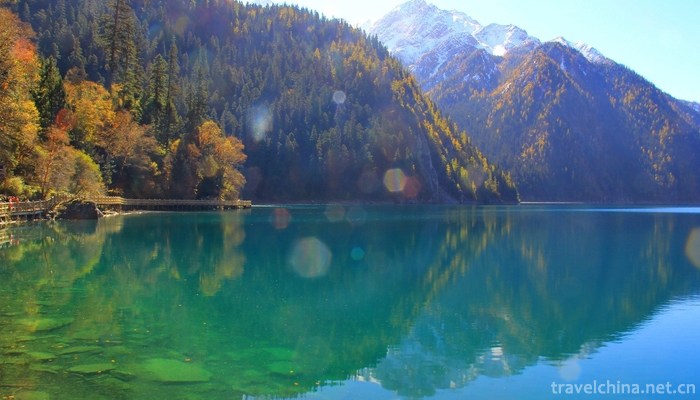
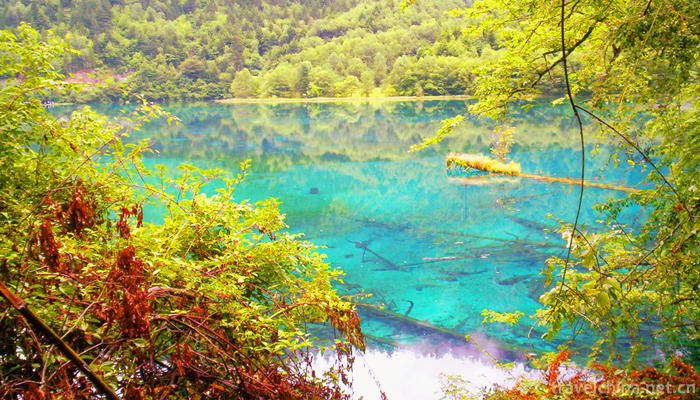
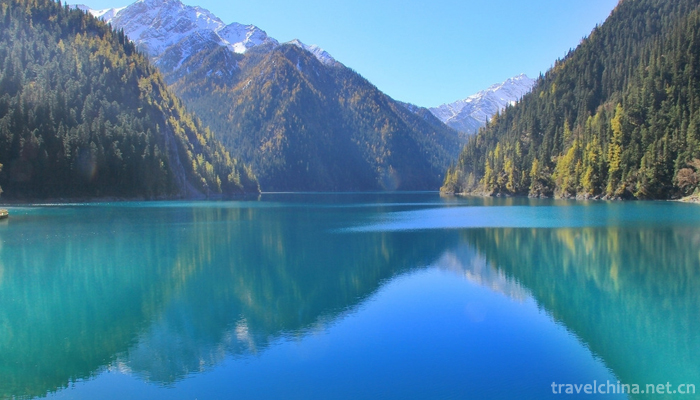
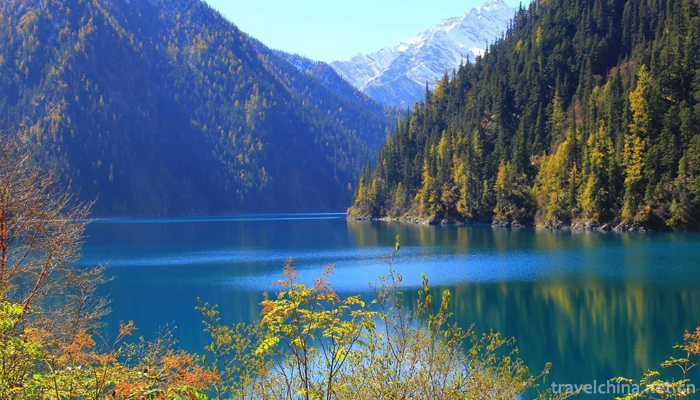

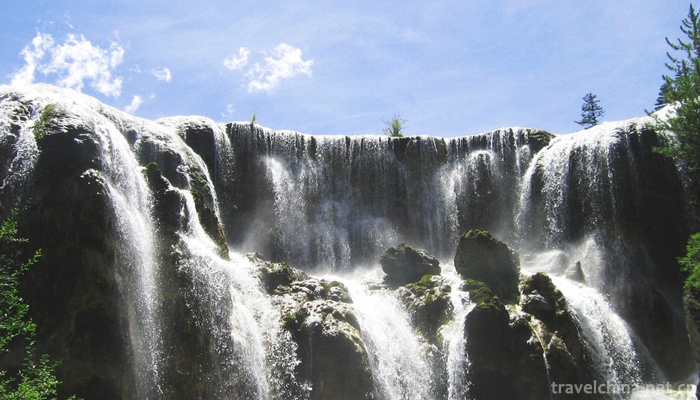
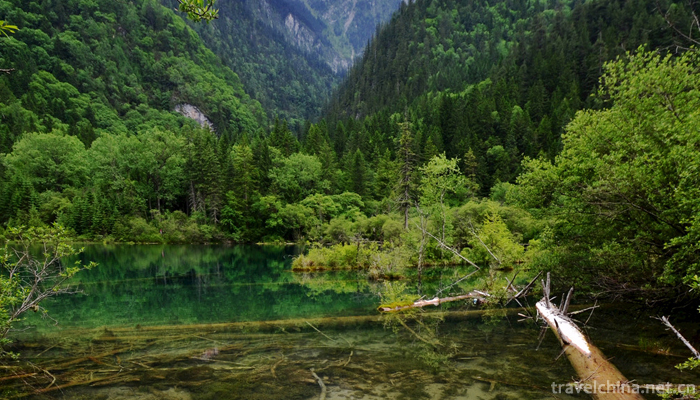
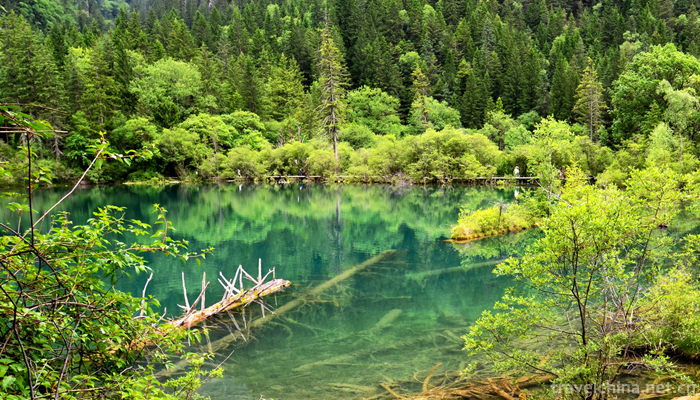

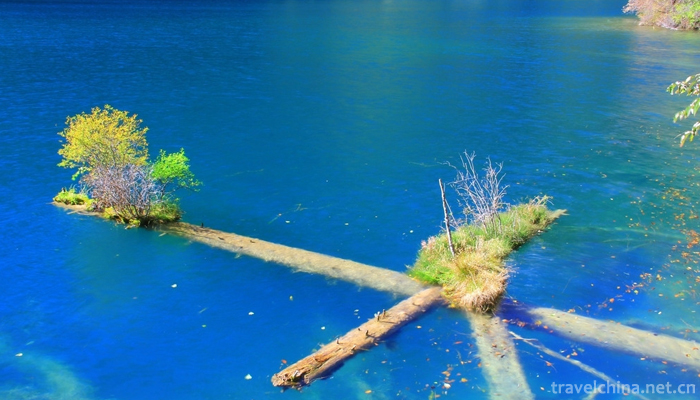
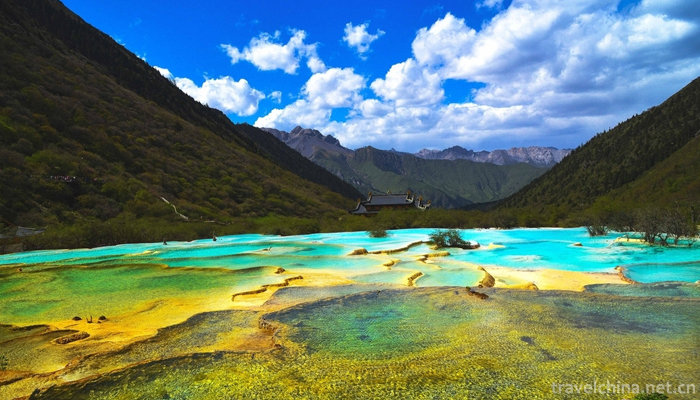
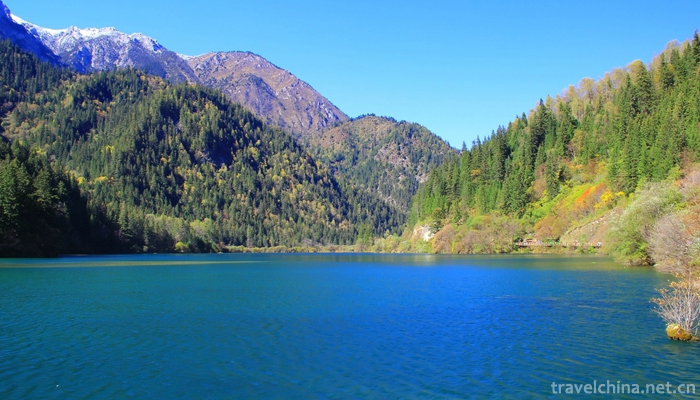
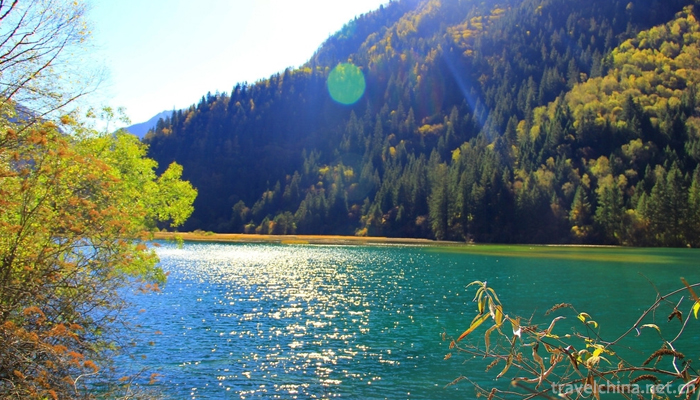
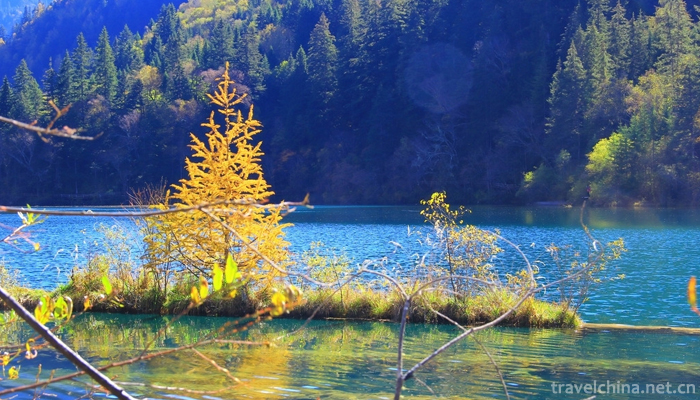
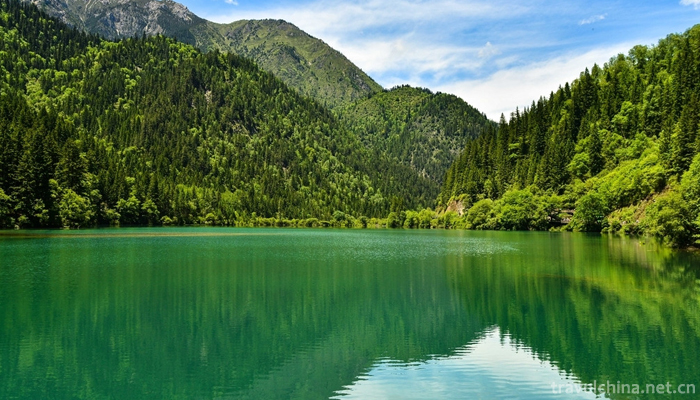
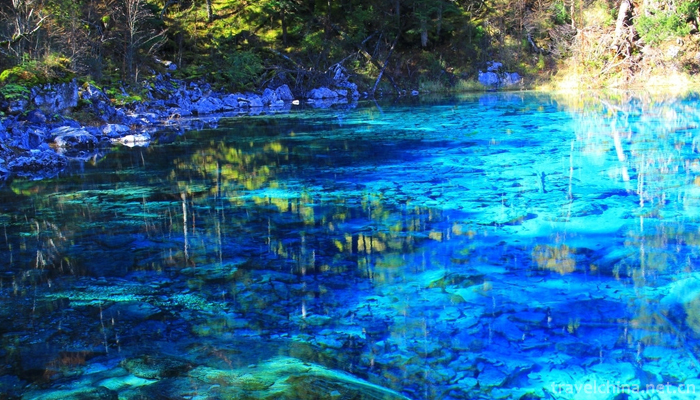
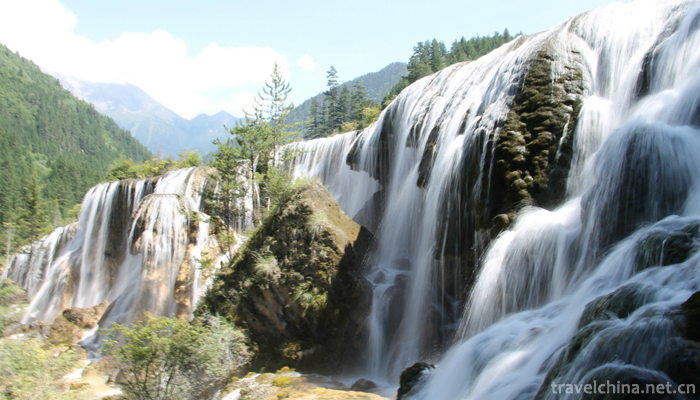

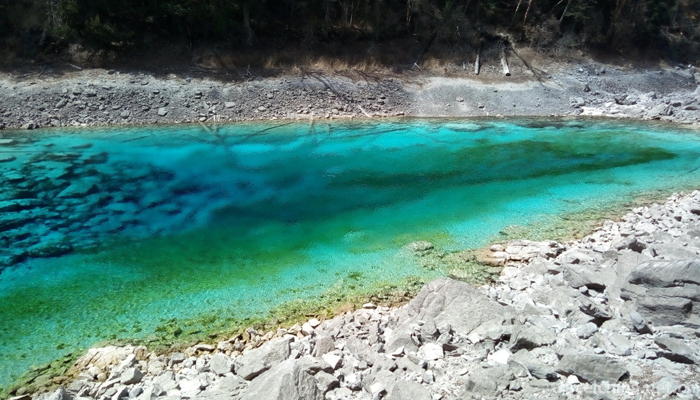
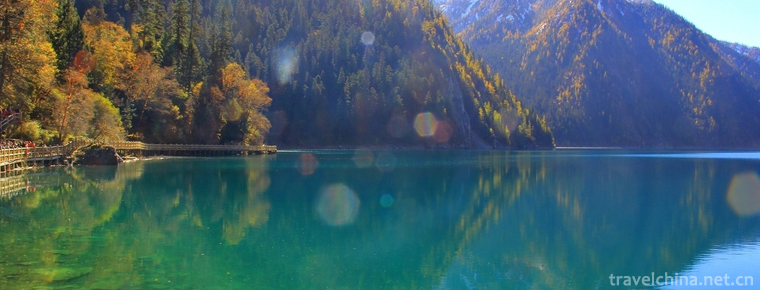
-
3.Du Shoutians former residence
Du Shitian's former residence is the old residence of Du Shitian, the emperor's teacher of the Qing Dynasty, as well as the old residence of many famous officials of the Du family. Located in Binzhou
Time 2019-01-08 -
4.Rob Village
Located 35 kilometers southwest of Yuli County, Luobu Village is 85 kilometers south of Korla City. The village covers 72 square kilometers and has more than 20 families
Time 2019-02-06 -
5.Abakh Hoja Tomb
Xiangfei Tomb is located in Haohan Village, 5 km east suburb of Kashgar City. It is a key cultural relic protection unit in the autonomous region. This is a typical Islamic complex of ancient building
Time 2019-02-25 -
6.Kaiyuan Cave Tourist Area Zibo
The karst cave in Kaiyuan is named for the cliff stone carvings in Kaiyuan period of Tang Dynasty. It is large and tall with a length of more than 1100 meters. It is divided into six halls. The natura
Time 2019-03-21 -
7.Dong medicine
Dong medicine is a bright pearl in the treasure house of Chinese medicine. The Dong people living in mountainous areas for generations have accumulated experience in treating various diseases and form
Time 2019-04-27 -
8.Ewenke to seize the pivot
Pivot-snatching is a traditional competitive event of Ewenki nationality. It was performed by the representative team of Inner Mongolia Autonomous Region in the 6th National Minority Traditional Sport
Time 2019-04-28 -
9.Li Folk Songs
Folk songs play an important role in daily life. Almost all men, women and children can sing. Especially on festive days, singing is an indispensable recreational activity. In the daily production wor
Time 2019-05-12 -
10.72 Sorcery Music of Lingyun Zhuang Nationality
The 72 witchcraft tunes of Lingyun Zhuang nationality originated in Lingyun County, Guangxi, mainly centered on Sicheng Town, where the county government is located. It is a tune sung by the Zhuang wi
Time 2019-05-13 -
11.Tiger Sheng of Yi Nationality
Tiger Sheng of Yi nationality is a magical traditional dance of Yi nationality. The Yi people worship tigers and take tigers as totems. It has been said since ancient times that tigers are the people
Time 2019-07-12 -
12.Hu Xueyan
Hu Xueyan (1823-1885), Hu Guangyong, the younger name, Shun Guan. Xue Yan, born in Anhui Huizhou Jixi He moved to Zhejiang when he was 13 years old. Hangzhou Famous in modern China red top A politicia
Time 2019-09-07